Systems for Monitoring and Analytics for Renewable Transportation Fuels from Agricultural Resources and Management
Capturing Spatio-temporal and Managerial Variations for Gold Standard Data and Platform for Validating Field-level Emission from Bioenergy Crops
The SMARTFARM project, funded by the DoE (Department of Energy) agency ARPA-E (Advanced Research Projects Agency–Energy), collects gold-standard data on the agroecosystem fluxes and their spatiotemporal variations for future research and policy making for the sustainability of bioenergy feedstock production systems. Ground-truth data refers to the direct in-field measurements, and they are the crucial basis for useful prediction, estimation, and monitoring tools like remote-sensing and modeling that inform various users including stakeholders, researchers, and policymakers. Collecting ground-truth data, however, is labor and resource intensive feat, so that such data on the agroecosystem fluxes come from scattered collection efforts that are often limited in spatiotemporal scales and resolutions. SMARTFARM thus takes a comprehensive approach to collecting gold-standard ground-truth data on the properties of soil, water, crop, and greenhouse gas (GHG) fluxes within typical Midwestern first-generation bioenergy feedstock production systems (corn and soybean).
For the SMARTFARM project, the Lee Lab is in charge of collecting spatially high resolution and scale data, including soil properties, water quality, soil GHG fluxes, and crop properties and yield. In three commercial corn and soybean production fields located in central Illinois, we have collected the most spatially rigorous environmental and agronomic data for the past three years. The SMARTFARM project seeks to also develop a platform to publicly release our high resolution data to the general public. As of now, our gold-standard data have shown that unpredictable, spatially heterogeneous management effect is a significant driver of soil GHG flux spatial pattern, and that conventional tillage may greatly increase the potent GHG N2O from the soil.
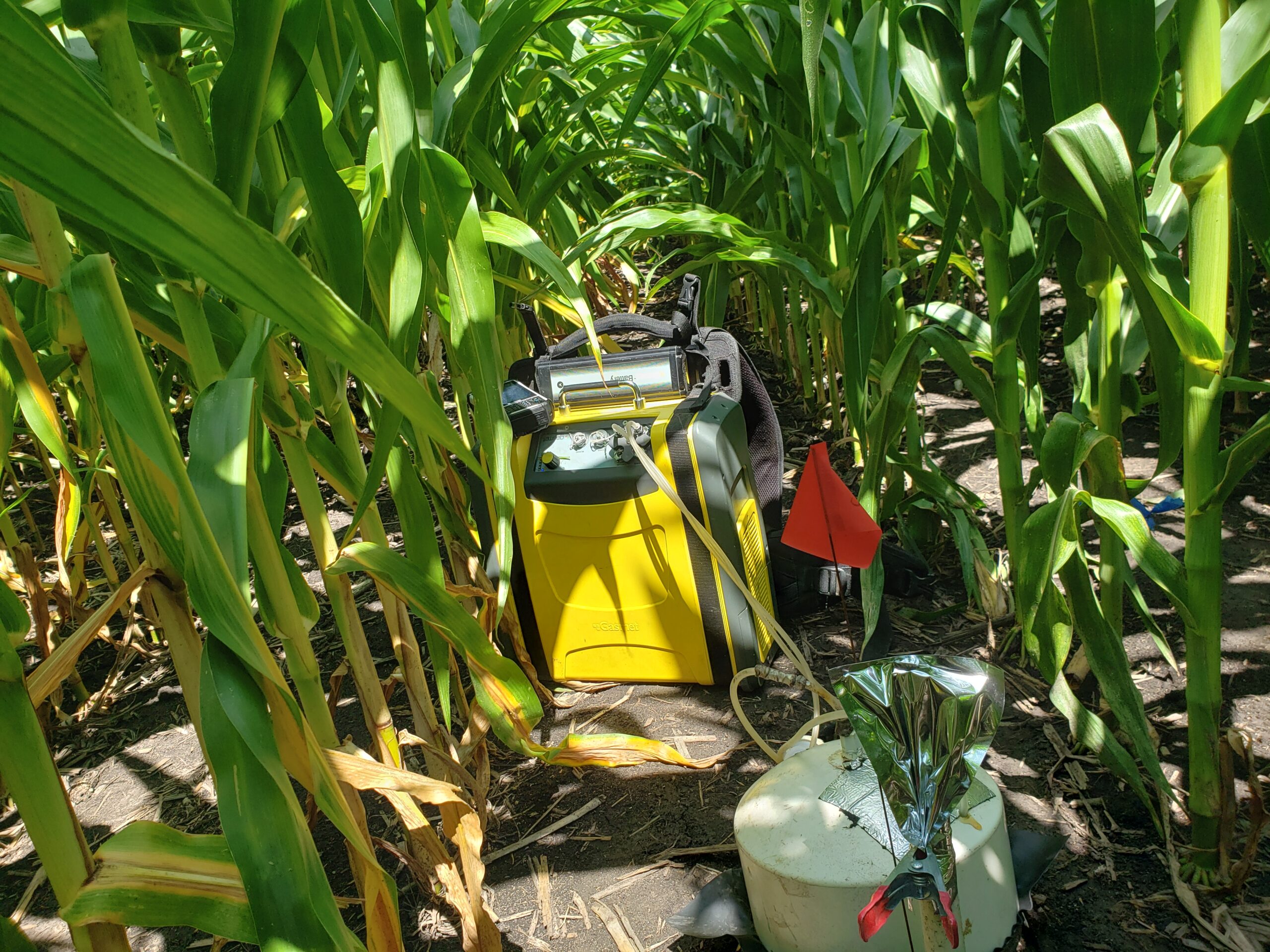
Gas Measurement
The portable FTIR gas analyzers, DX4015 and GT5000 Terra from Gasmet Technologies, are used for soil greenhouse gas flux measurements. We are primarily interested in monitoring CO2 and N2O emissions.
We focus on analyzing CO2 and N2O emissions, which are important greenhouse gases contributing to climate change. These analyzers are particularly useful for assessing the impact of agricultural practices on greenhouse gas production, aiding in climate change mitigation efforts.

Water Leaching
We monitor nutrient losses from various agricultural production systems using MacroRhizons soil moisture samplers.
The samplers are placed at a depth of 2-4 ft., and we collect leachates using evacuated syringes after rainfall events during the growing season.
Our Data
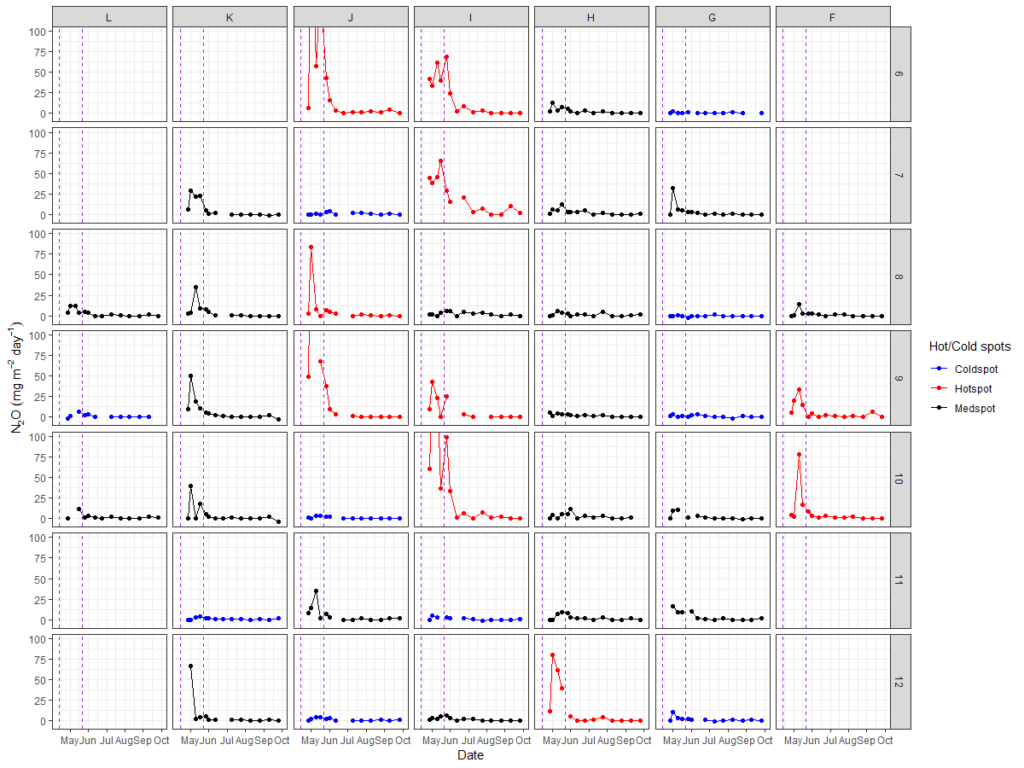
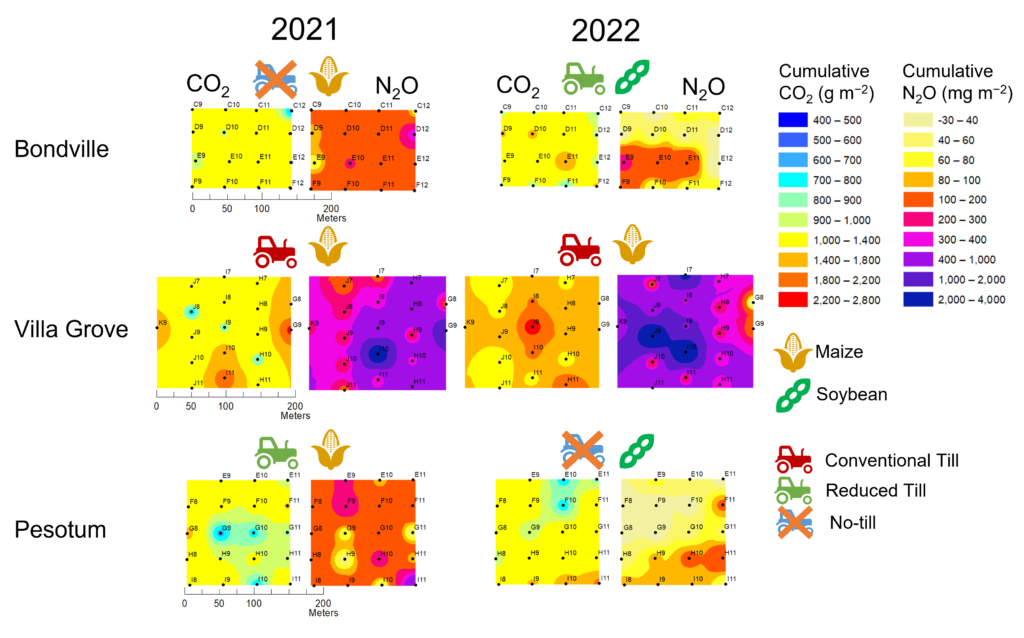
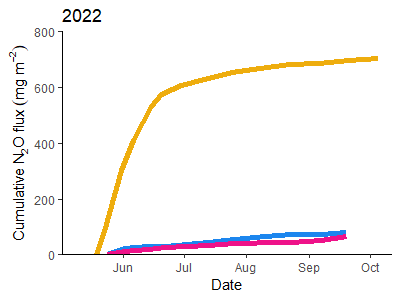



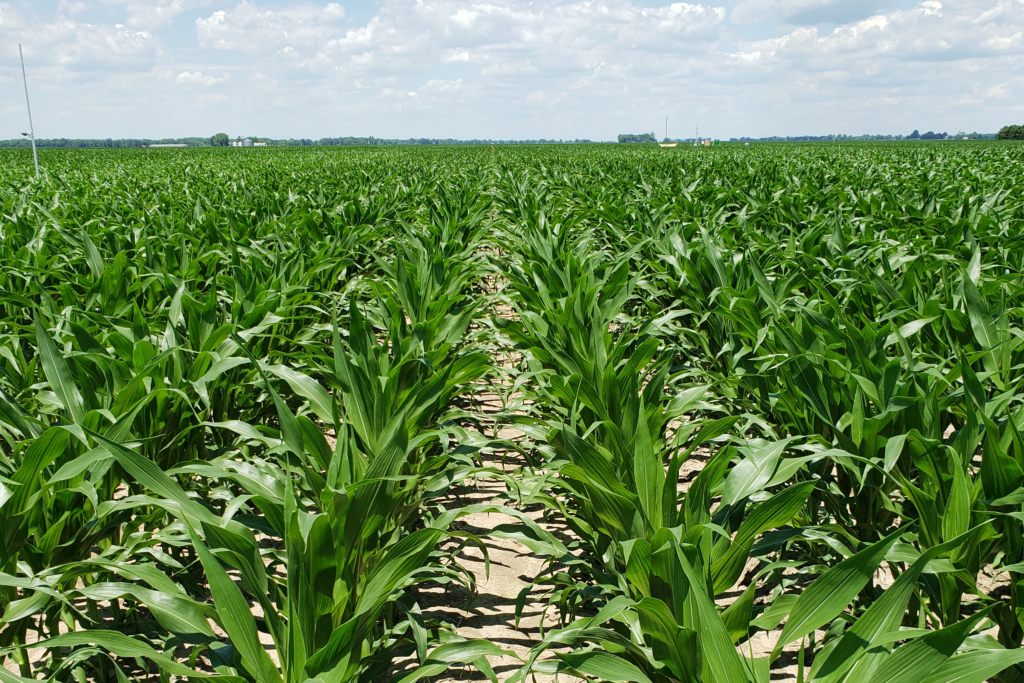
SMARTFARM Project Members

Jinwook (JK) Kim
Postdoctoral Research Associate
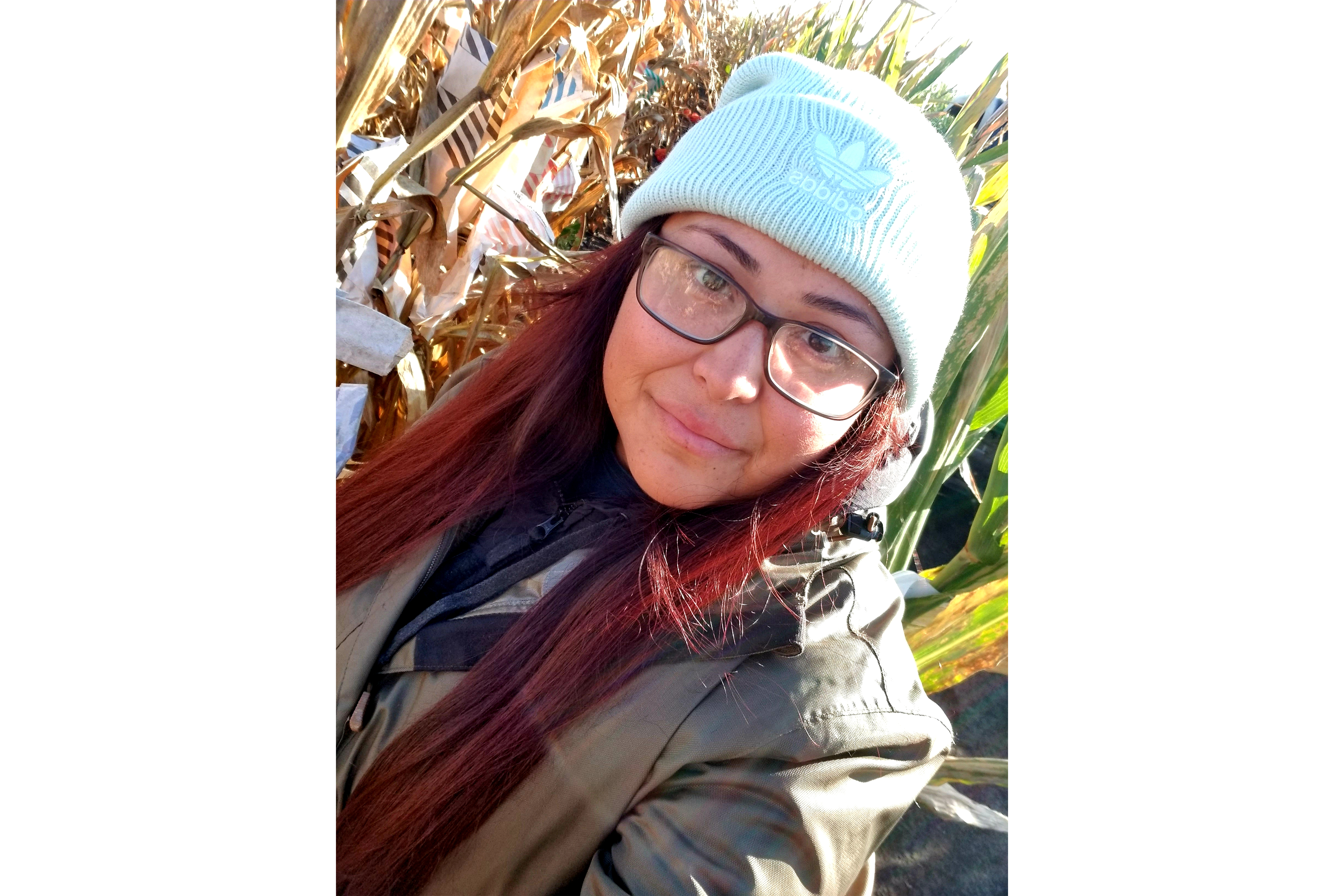
Marissa Chavez
Technician
Previous SMARTFARM Project Members
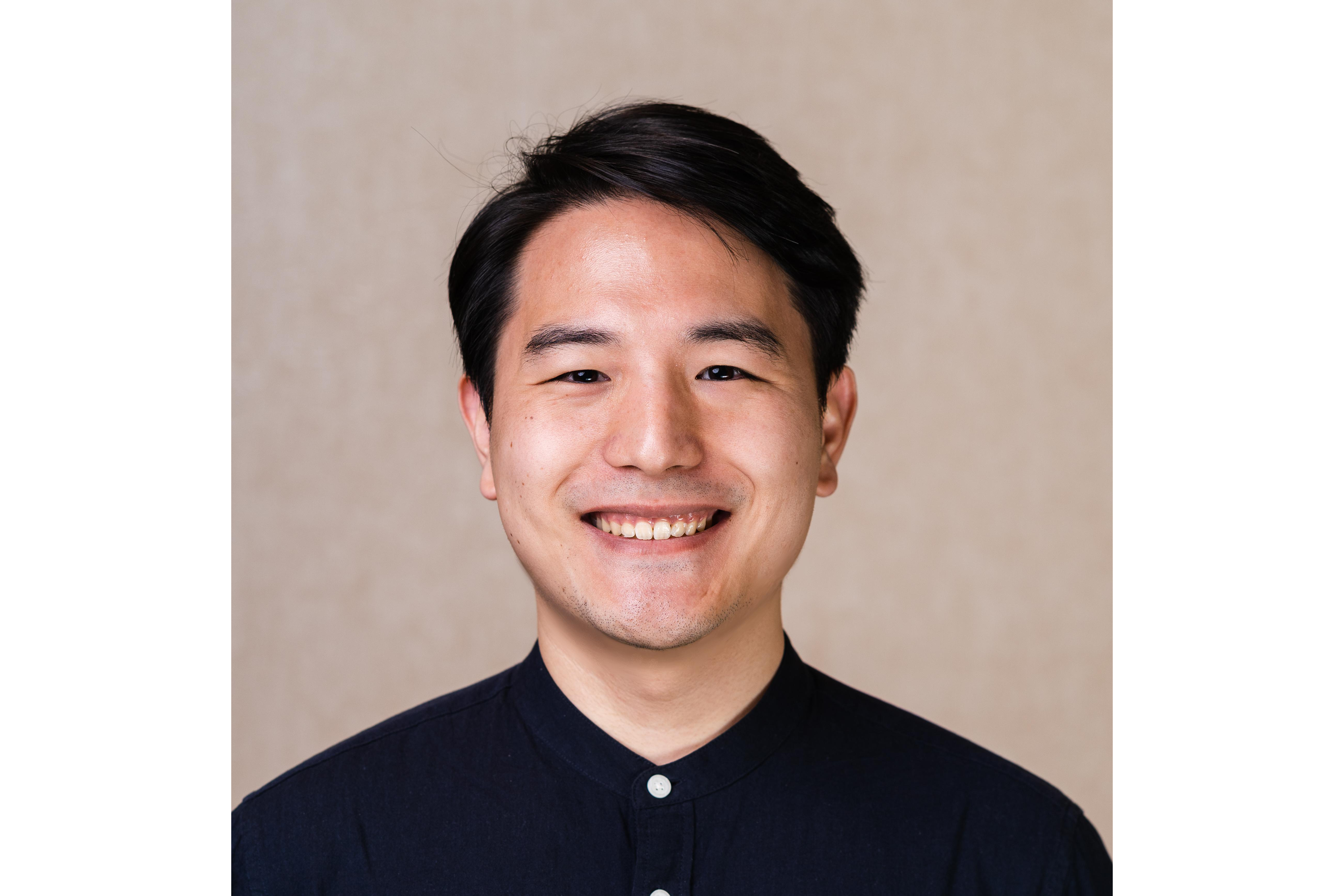
Nakian (Nak Hyun) Kim
Former Postdoctoral Research Associate
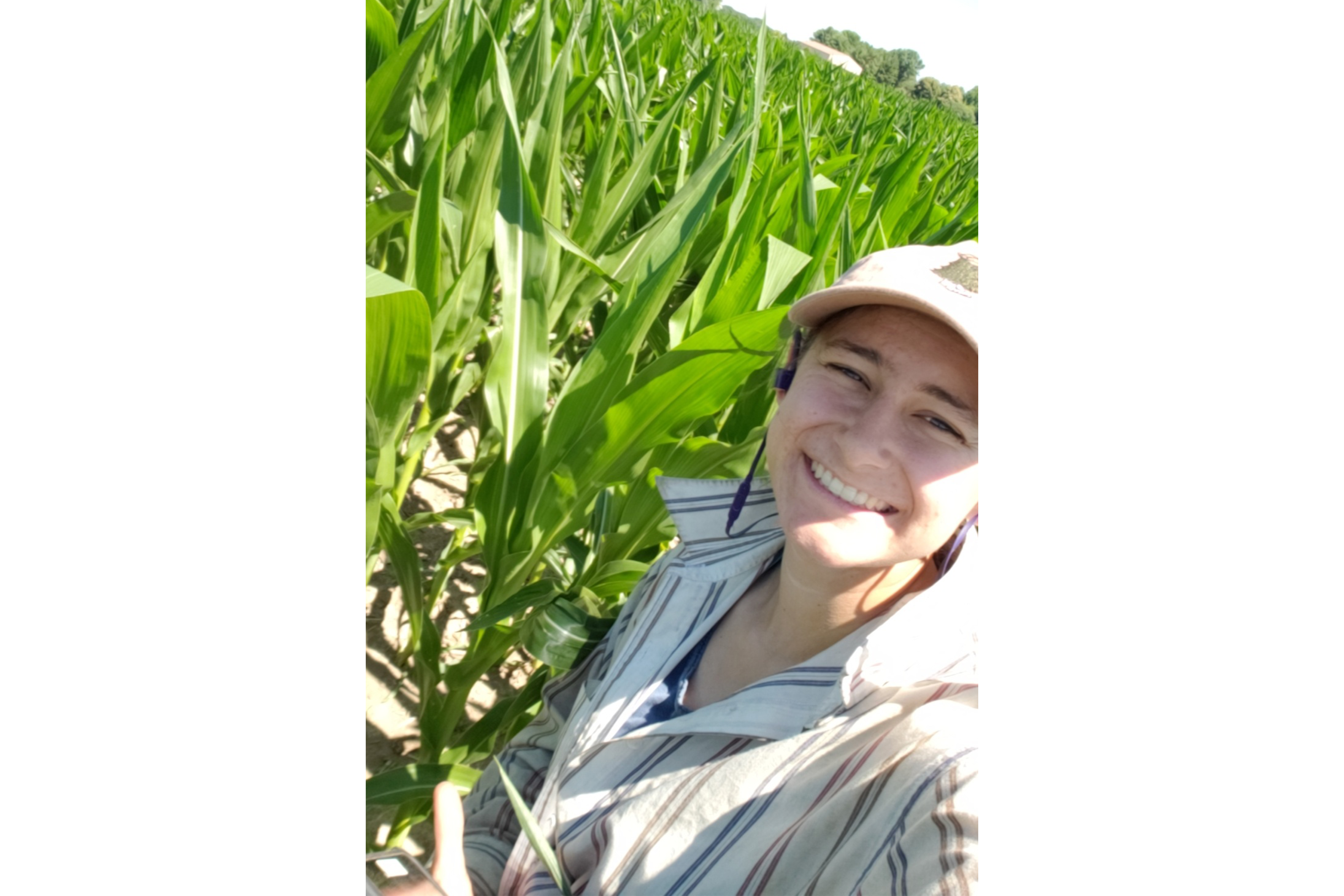
Mary Marsh
Technician